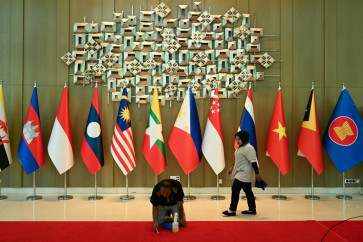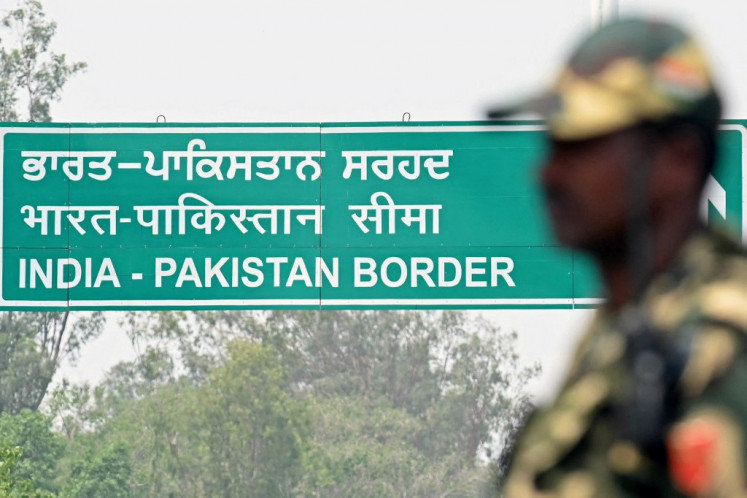Combating poverty
Indonesia’s poverty rate fell below 10 percent for the first time in March this year.
Change text size
Gift Premium Articles
to Anyone
 Workers prepare the foundation of shelters in Kampung Akuarium, North Jakarta on January 8, 2018. 107 shelters will be built for Kampung Akuarium residents who lost their house during an eviction in 2016. (JP/Seto Wardhana.)
Workers prepare the foundation of shelters in Kampung Akuarium, North Jakarta on January 8, 2018. 107 shelters will be built for Kampung Akuarium residents who lost their house during an eviction in 2016. (JP/Seto Wardhana.)
Indonesia’s poverty rate fell below 10 percent for the first time in March this year, despite sluggish growth in the economy.
According to the Central Statistics Agency (BPS), 25.95 million people were living under the poverty line as of March, about 9.82 percent of the total population, the lowest it has ever been.
This is a drop of less than one percentage point from 10.12 percent seen in September last year, or in absolute terms, about 630,000 people from 26.58 million.
Although the decrease in the number of poor people is not substantial, the government’s efforts to push down the poverty rate to a single-digit figure should be appreciated.
The decline in poverty was partly due to the government’s increased cash and non-cash assistance for the poor, rather than an increase in people’s income. Moreover, the poverty rate in rural areas remains high at 13.2 percent, as compared to 7.02 percent in urban areas. In rural areas in some regions, such as in Maluku, the poverty rate even reached 29.15 percent.
The low poverty threshold of Rp 401,220 (about US$28) per capita per month as the basis for calculating the number of people living in extreme poverty could also be one of the factors that contributed to shrinking poverty figures. With such a poverty threshold, people living on just Rp 13,374 a day are no longer considered poor. As a comparison, globally, extreme poverty is defined as people living with less than $1.90 per day.
The government should not be complacent with its success in bringing down the poverty rate to a single-digit figure. About 40 percent of the entire population remains vulnerable as they can easily fall back into poverty if there is disruption in the economy.
Of course, the government’s program to reduce poverty through its cash and non-cash assistance is still needed. However, efforts to improve the rural economy should be further promoted so that people will not rely only on farming activities to support their lives. People need to have sustainable sources of income to further improve their welfare.
Empowering the rural economy is therefore vital to further slashing poverty, especially in rural areas. Villagers need additional income as they can no longer rely on farming activities to support their families.
The government has introduced a series of economic package policies in order to promote business activities in the regions. The government also plans to develop a number of economic growth centers in the regions through the establishment of special economic zones as part of efforts to empower the local economy. Unfortunately, only a few of the planned economic zones have been realized.
The government’s programs to accelerate infrastructure development have begun to have a positive impact on the economy. The next step should be speeding up development of the special economic zones. Only with an increase in economic activity can the poverty problem be more thoroughly resolved.









